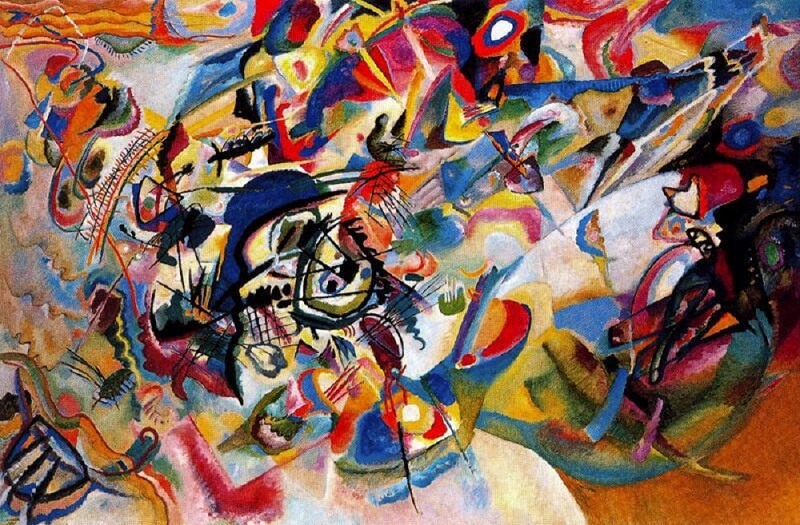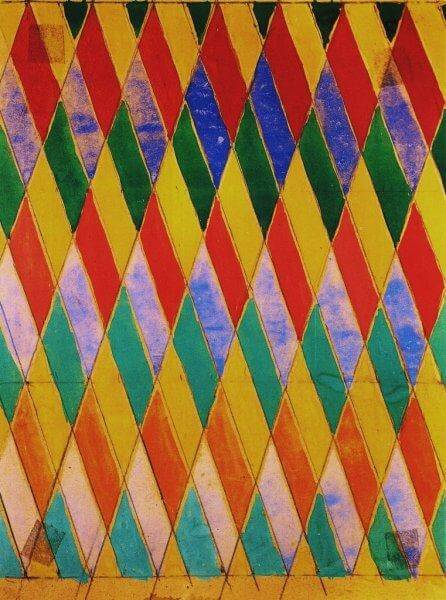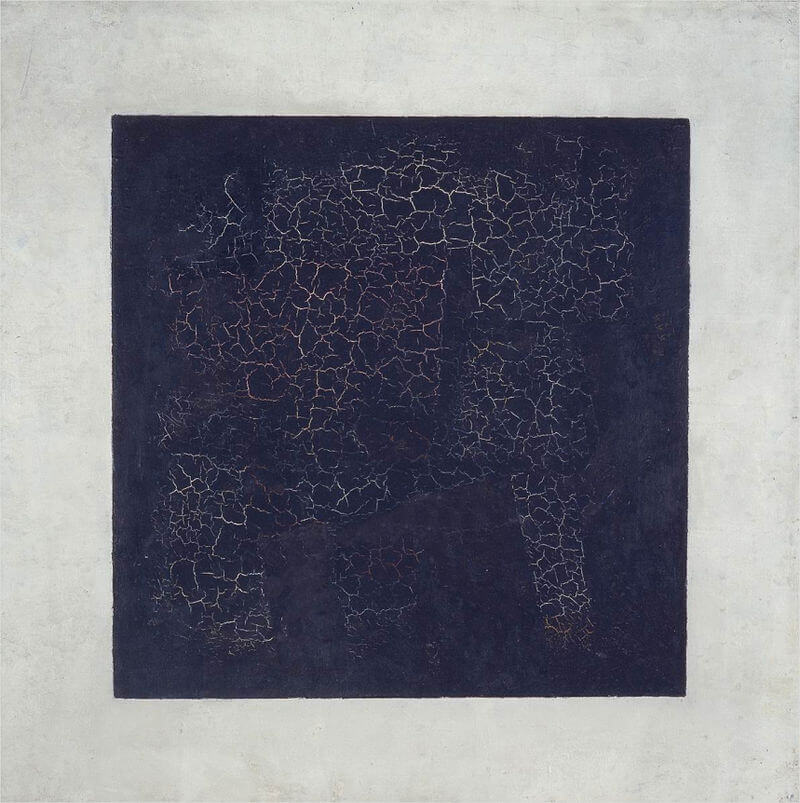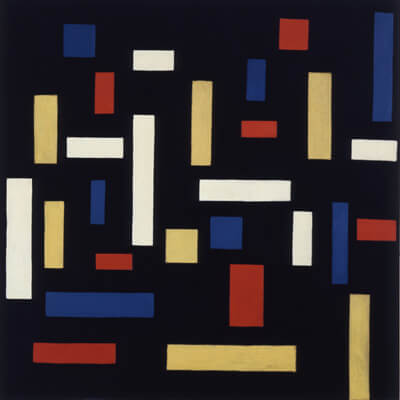 Western Art Movements II
Art Movements
Western Art Movements II
Art Movements


 Western Art Movements II
Art Movements
Western Art Movements II
Art Movements

Study the artwork for one week.
Over the week:
Featured Movement:
Movement Characteristics:



Activity 1: Narrate the Artwork
Activity 2: Map the Artwork
Find Wassily Kandinsky's birthplace, Moscow, on the map of Russia.

Activity 3: Classify the Artwork

Activity 4: Recreate/Color the Artwork
